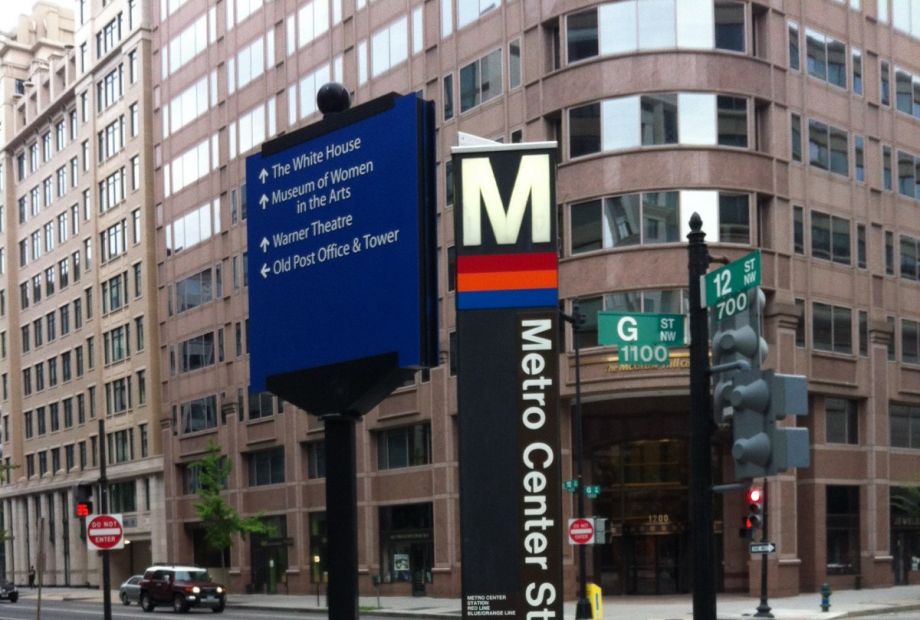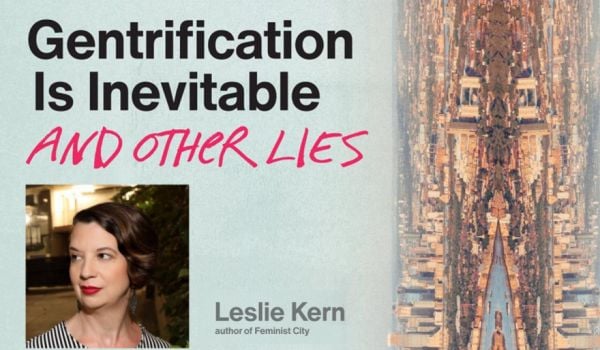The sharp distinctions between “city” and “suburb” no longer apply, and in a number of U.S. cities, the nature of the public transportation network has played a role in erasing those boundaries. Rail transit in particular has reshaped both metropolitan geography and metropolitan demography, upending old assumptions about who lives where and how they get around. In a number of cities, metros and light rail have become a magnet for younger, well-educated urbanites who desire convenience and access without having to own a car, and these people gravitate to neighborhoods around rail transit stations no matter where they are located. On the flip side, older and poorer residents have become increasingly common in suburbs where inadequate bus service makes it harder for them to simply live, and advocates for the poor in some cities have criticized rail-heavy transit improvement plans as shortchanging the poor along with minorities.
A new research paper by Brian McKenzie of the U.S. Census Bureau helps us understand all of the demographic and socioeconomic changes rail transit has wrought by focusing on the experience of one city in particular: his own hometown of Washington, D.C.
Washington is home to the most successful of the rapid transit systems begun since World War II in the United States. The Washington Metro, which also calls itself “America’s subway,” was first conceived in the early 1960s and completed in phases from 1976 to the early 1990s. New extensions, the most recent of which opened for service in 2014, have taken the network deeper into Washington’s suburbs, including its biggest and best-known edge city, Tysons Corner, Virginia.
In addition to moving more people around its metropolitan area than any other subway in the country save New York’s, the Washington Metro has profoundly reshaped both the appearance and population of city and suburban neighborhoods, making rail-accessible neighborhoods in both more alike. And in both, the residents of those neighborhoods have become younger, better educated, whiter and wealthier than they were before.
A stroll along U Street, the heart of Washington’s black business district, offers visual evidence of the changes. While many businesses in the corridor are still owned by blacks and cater to a largely black customer base, those customers have been joined by white residents who have moved into the neighborhood surrounding its Metro station, and newer businesses serving more diverse groups have sprung up alongside them.
McKenzie’s research shows that the sorts of demographic shifts that have changed U Street have taken place around Metro stations in general. “Transit Access and Population Change: The Demographic Profiles of Rail-Accessible Neighborhoods in the Washington, DC Area” provides the numbers behind the physical and social changes. Using fine-grained analysis of commuting data from the Census Bureau’s American Community Survey, McKenzie was able to extract demographic data on residents of blocks near rail transit stations and relate the data to the presence of the station. Comparing figures for two three-year periods, 2006-2008 and 2010-2013, he found that:
- Neighborhoods around Metro stations in both Washington and its suburbs attracted a higher percentage of recent movers than neighborhoods with no rail transit access.
- Rail-accessible neighborhoods had a higher percentage of younger workers, especially those 25 to 34, than non-accessible neighborhoods did.
- Childless households were more prevalent near rail stations than away from them.
- The proportion of blacks living in neighborhoods near rail stations fell during the period covered in the survey.
- In a period where the entire Washington region became more affluent and educated, neighborhoods around rail stations attracted a disproportionate share of such residents.
What struck McKenzie most about his findings is that the changes were identical in both the core city and its suburbs.
“The similarities between rail-accessible neighborhoods in D.C. and those in surrounding counties are important indicators of how our developed landscapes are evolving,” he says. “They remind us that metropolitan areas continue to defy longstanding and increasingly outdated notions of a rigid urban/suburban divide, where a densely populated urban core is surrounded by low-density affluent suburbs. Instead, complex spatial patterns of development and population characteristics have emerged across regions.”
The figures also highlight the changing face of poverty across the Washington region and the challenges poorer residents face in getting around. In both the city and the suburbs, households making $50,000 or less accounted for a larger share of the population of neighborhoods without rail access than of neighborhoods that had it.
“Physical mobility in the suburbs remains a challenge for low-income populations with few transportation options,” McKenzie says. “Low-income workers disproportionately rely on public transportation.” The trouble is, in many suburban jurisdictions, that transportation consists of much slower and less frequent bus service. The challenge, he says, is to come up with ways to improve both the quality of and the ease of access to suburban transit service; he notes that developments such as on-demand car service apps and bike-share systems both offered potential for solving what he called the “last mile” problem.
Advances in data collection and extraction technology made this study possible, McKenzie says, and those advances can now be applied to study the issue of rail transit and neighborhood demographics more thoroughly than has been done thus far. Not only can it be applied to prior years, he says, but it can be applied to other regions with rail transit.
“I am curious about how these patterns shake out in the handful of other metro areas with extensive rail networks,” he says. “If we see this rail island effect in other metro areas with rail transit systems, it may offer yet another way to conceptualize how metropolitan space is organized socially and spatially.”
The Works is made possible with the support of the Surdna Foundation.

Next City contributor Sandy Smith is the home and real estate editor at Philadelphia magazine. Over the years, his work has appeared in Hidden City Philadelphia, the Philadelphia Inquirer and other local and regional publications. His interest in cities stretches back to his youth in Kansas City, and his career in journalism and media relations extends back that far as well.
Follow Sandy .(JavaScript must be enabled to view this email address)




_600_350_80_s_c1.jpg)












